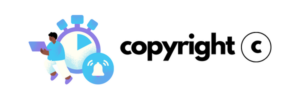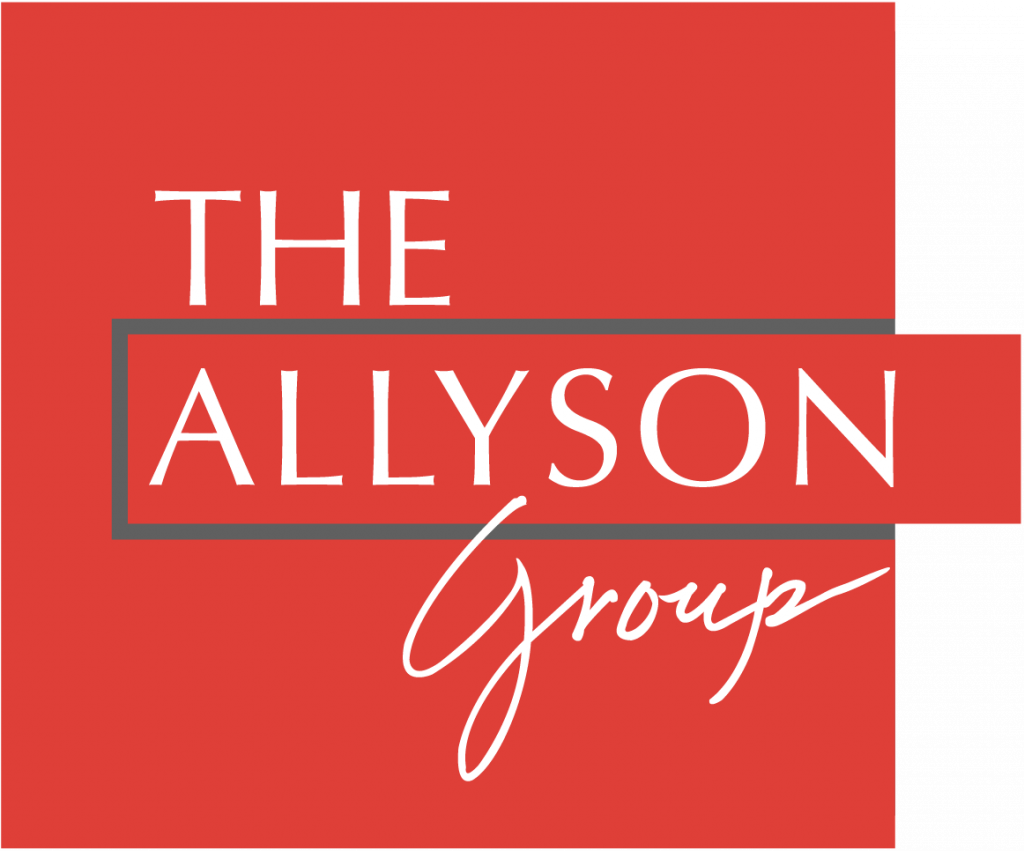As someone who worked in editorial and publishing organizations for decades, I’ve always understood that there are copyright considerations involved in almost any kind of non-fiction writing. I have learned to be cautious about quoting, citing, or otherwise integrating other people’s work into a work of mine.
In the digital realm, which is where most business communication takes place today, you are part of the giant “web” of information. This means you might often link to, cite, and reference many other sources to illustrate your own thoughts. Blogging is a perfect example.
Where does copyright come in?
The U.S. Copyright Office defines copyright law as the body of intellectual property laws that protect “original works of authorship” from unauthorized use.
As a content creator — full-time, or just when you have to — you may have concerns on both sides of the equation. That is to say, you must be careful to respect the rights of others as well as protect some of your own work.
So how to make sense of copyright without having to go get a Ph.D.?
Let’s start with some quick, non-technical definitions, then move on to some of the nuanced issues.
Here’s what I think you need to know.
-
- What is “Copyright?”
-
- What is “Fair Use?”
-
- What is “Royalty Free?”
-
- What is “Public Domain?”
-
- Attribution: Do You Give Credit Where Credit is Due?
-
- Public Art: A Petit Case Study
-
- Licensing Copyright: How to Get Permission to Use Other People’s Work
-
- How Do You Protect Your Own Work?
What is Copyright?
Copyright is a legal right that grants the creator of an original work exclusive rights to control the use and distribution of their work. This includes the right to reproduce, distribute, and display the work publicly. You automatically own the copyright on every piece of original work that you create. However, if you ever want to enforce your rights, you will need to have registered the work with the U.S. Copyright Office.
Read what that agency has to say about it, here.
Copyright exists from the moment the work is created. You will have to register, however, if you wish to bring a lawsuit for infringement of a U.S. work. See Circular 1, Copyright Basics, section “Copyright Registration.”
What is Fair Use?
Fair use is a legal doctrine that allows for the limited use of copyrighted material without permission from the copyright owner. This includes using copyrighted material for purposes such as criticism, commentary, news reporting, teaching, scholarship, or research.
What is Royalty Free?
Royalty-free is a term used to describe material that you can use without having to pay a licensing fee each time it is used. Therefore, you can use royalty-free images many times without paying. However, there are still copyright considerations.
“Royalty-free” does not necessarily mean you can use the material however you like. Some royalty-free images and other materials may still require that you give the maker credit. The material may also be free only for non-commercial use, such as a personal blog, or educational purposes by an academic or a student. And there could be other restrictions on its use. It is important to carefully review the terms of use for any material labeled as royalty-free before you use it.
What is Public Domain?
Public domain refers to works that are not protected by copyright and that you can use without permission or payment. Works enter the public domain for a variety of reasons, including
-
- 70 years after either a) the creator has died or b) the copyright term has expired,
-
- when the copyright owner has failed to renew the copyright, or
-
- immediately, if the work was created by the U.S. government (most – but not all – government-generated content is in the public domain).
Most music, film, and other works in the realm of entertainment enter the public domain after they have been copyrighted for 70 years.
Works whose rights may have expired, been forfeited, expressly waived, or may be inapplicable. ~ Wikipedia
It is important to note that just because a work is in the public domain does not mean that there are no restrictions on its use. Believe it or not, there could still be copyright considerations. So, it’s imperative that you carefully research the public domain status of any work before integrating it into your own work.
Here’s a handy chart from Belmont University to help you quickly reference what is free to use and what you’d better research further before using. It’s also another resource for verifying the public domain status of a work you want to use.
Attribution: Do You Give Credit Where Credit is Due?
Attribution means letting readers know where you got the information or the image from.
If you use another person’s research to back up your own, failure to give attribution may constitute plagiarism. This is a violation of copyright law. We all learned how to do research back in middle school, so we have probably heard this before.
Attribution for photographs and images, though, can be trickier! When using someone else’s work, even free photographs from one of the fair-use sites, do you attribute the work to the source? For a blogger, attribution is both a professional courtesy and a sign of professionalism. It signals integrity and provides additional information to the reader.
There are lots of places to get “royalty free” photos — which means you can use them with no licensing fees or royalties. But what does it cost you to credit the photographer? Nothing. Those artists post their work for the exposure — attribution is the only compensation they ask.
Kathryn Goldman of the Baltimore-based intellectual property law firm Goldman & Minton, P.C. suggests that “bloggers should always use licensed images to illustrate their posts. This means that you should look for websites that offer images under a license that allows you to use them, such as Creative Commons or royalty-free sites. Additionally, consider the use of public domain images. These images are not protected by copyrights and may be used freely.”
As a blogger, I consider those sites a tremendous asset for my business — there, I can access the work of photographers all over the world. I go to lengths to credit the artist (usually not in a caption, because we write for clients, but in the meta tag on the photograph).
What is the correct way to cite other authors’ work in blogs and articles — and is there such a thing as over-citing? These folks at the Boston University School of Public Health say no. There’s no such thing. “You must cite the source every time you incorporate research, words, ideas, data, or information that is not your own.”
Copyright Considerations and Public Art: A Case Study
“Can I use this image on my website?”
I had a situation once.
In a previous iteration of our website, I chose a photograph for the front page that I had taken of a graffiti wall in Baltimore. I snapped the shot a few years before, outside a window glass repair shop in a seedy part of the city. I was hot and bored sitting in the car, wondering where the heck I was, and if I should lock the doors. Scanning the immediate environment for danger, my view was instead arrested by this mural. Incredible. Two stories high. Finely wrought street art. I got out and snapped the image from about 10 different angles
Copyright considerations? The person had put their art on the side of a tenement wall. I took the photograph myself, so figured I owned the image. Public domain, right?
Wrong!
Now, this question did not enter my mind until I decided to use the photo on my business website. In other words, for “commercial” purposes.
Then it occurred to me that I’d better check in with an attorney.
I had just met intellectual property lawyer Kathryn Goldman, so I called her up. Here’s what I learned: street art is copyrighted, too.
The moment I decided to use the image on a commercial website, I was honor bound to track down the artists and (at least offer to) pay them a licensing fee. (Here’s a good article from Indy Arts with guidance on that — street art and other content that “appears” to be in the public domain, but might not be.)
So here’s how things turned out. In this instance, the creators (who had signed the mural) were in Portugal. I emailed them and waited for a response. And emailed some more and waited some more. Ultimately, I decided to just go with another image. No big deal.
So, what’s the risk if you choose to take a chance? I believe that in most cases the worst is that you get a “cease and desist” letter from somebody’s lawyer. (I’ve had that happen, too!)
However, here’s the rub: if you’ve invested significant time and money on content you don’t own — say, integrating a symbol into your logo, or using an image in a big splashy public campaign — and then get that letter. Yikes! Whether you then “hold ‘em or fold ‘em,” to use an old poker term, depends on how much you’ve invested — and, hopefully, on your carefully assessed chances of winning. But in any case it won’t be welcome news. Better to embrace these copyright concerns from the get-go. Save some heartache down the road.
Copyright Considerations: Licensing
How to Get Permission to Use Other People’s Work
This great article from Copyright Alliance tells you how to find out who owns a copyright.
TBH, I have used more pedestrian methods. As my kid told me years ago: “Mom, everybody these days is Google-able.”
I have hunted photographers across the internet for the privilege of paying them a modest per-image licensing fee and using the exact attribution language that they prefer. It’s so much simpler than wondering if one day you’ll get…“that” letter.
And being willing to license another professional’s work is respecting the collaborations that are essential to creating what we create. Working photographers who are for-hire generally belong to a Facebook Group or professional association in their country — or some other accessible platform. Many showcase their work on the aforementioned royalty-free sites~~,~~ just to get our attention.
Getting permission does not have to be hard or expensive.
How Do You Protect Your Own Work?
As a content creator, it is crucial to understand the basics of copyright law to sometimes protect your own work. Hopefully the guidelines outlined above help you ensure that your work is properly protected and that you are always honoring the rights of others.
To protect your most important, original work, and any intellectual property asset that holds high intellectual property value for your company, you should consider registering for copyright protection. This provides legal evidence of your ownership of the work, discouraging piracy and making it easier to enforce your rights in court if necessary.
So, what work is worth copyrighting?
That question is 100% yours to answer.
The Copyright Office has made it easy for bloggers to protect all their posts with the Group Registration for Short Online Literary Works application. Get all your work protected by filing an application four times a year.” The single application covers up to 50 “short online literary works.”
Here’s Ms. Goldman’s advice: “For a blogger or content creator, the most important work to think about protecting is your cornerstone content. The Copyright Office has made it easy for bloggers to protect all their posts with the Group Registration for Short Online Literary Works application. Get all your work protected by filing an application four times a year.” The single application covers up to 50 “short online literary works.”
Further Reading on Copyrights
-
- Here’s a great list of Copyright FAQs from the U.S. Copyright Office at Copyright.gov.












